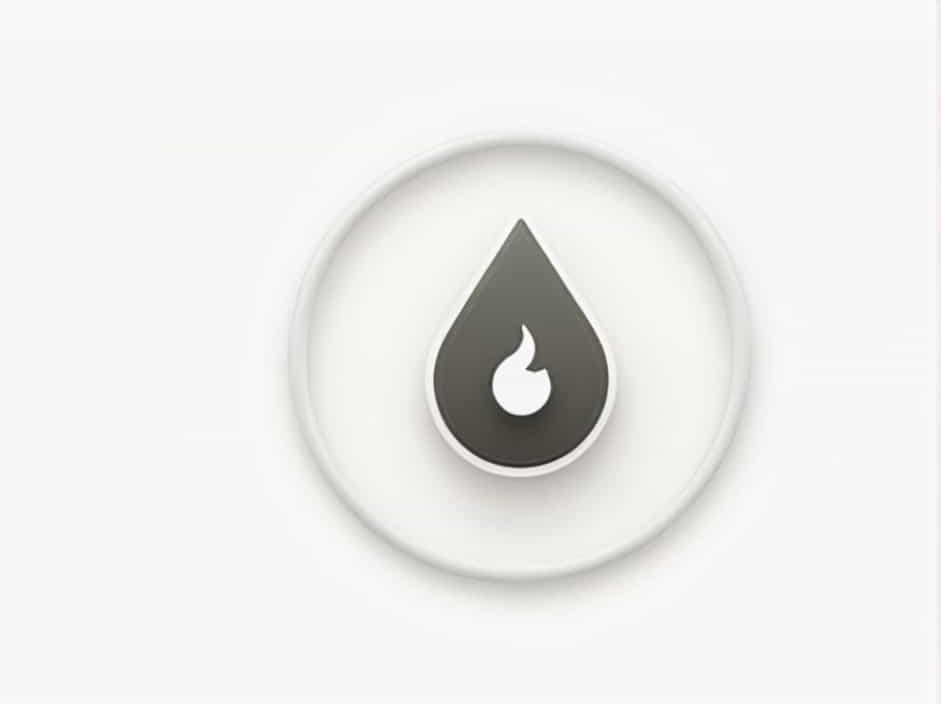Radiometric dating is a scientific method used to determine the age of materials, including rocks, fossils, and even ancient artifacts. By analyzing the decay of radioactive isotopes, scientists can estimate how old an object is, helping us understand the history of Earth and the evolution of life.
This topic explores how radiometric dating works, its different methods, and its significance in geology and archaeology.
What Is Radiometric Dating?
Radiometric dating is a technique that measures the rate of radioactive decay in naturally occurring isotopes. Some elements have unstable atomic nuclei, which gradually transform into stable forms over time. This process is called radioactive decay, and it happens at a predictable rate for each isotope.
By measuring the amount of parent and daughter isotopes in a sample, scientists can calculate its age in years. This method is particularly useful for dating materials millions or even billions of years old.
How Radiometric Dating Works
1. The Concept of Half-Life
Each radioactive isotope has a specific half-life, which is the time it takes for half of the radioactive atoms in a sample to decay into a more stable form. The half-life remains constant and is not affected by temperature, pressure, or chemical changes.
For example:
- Carbon-14 has a half-life of 5,730 years, making it useful for dating organic materials up to 50,000 years old.
- Uranium-238 has a half-life of 4.5 billion years, ideal for dating ancient rocks.
2. Measuring Parent and Daughter Isotopes
When a rock or fossil forms, it contains a certain amount of radioactive parent isotopes. Over time, these isotopes decay into daughter isotopes at a predictable rate. Scientists measure the ratio of parent to daughter isotopes using specialized instruments, such as mass spectrometers, to calculate the sample’s age.
3. Commonly Used Isotopes in Radiometric Dating
Different isotopes are used depending on the age and type of material being analyzed:
| Isotope | Parent | Daughter | Half-Life | Used For |
|---|---|---|---|---|
| Carbon-14 | C-14 | Nitrogen-14 | 5,730 years | Organic materials (bones, wood, cloth) |
| Uranium-238 | U-238 | Lead-206 | 4.5 billion years | Igneous rocks, Earth’s crust |
| Potassium-40 | K-40 | Argon-40 | 1.3 billion years | Volcanic rocks, minerals |
| Rubidium-87 | Rb-87 | Strontium-87 | 49 billion years | Very old rocks, lunar samples |
Types of Radiometric Dating Methods
1. Carbon Dating (Radiocarbon Dating)
Best for: Organic materials (bones, shells, wood, cloth) up to 50,000 years old.
Carbon-14 is absorbed by living organisms while they are alive. When they die, the C-14 starts to decay into Nitrogen-14. By measuring the remaining C-14 in a sample, scientists can determine its age.
2. Uranium-Lead Dating
Best for: Ancient rocks, minerals, and the Earth’s crust (up to 4.5 billion years old).
Uranium isotopes decay into stable lead isotopes over time. This method is commonly used to date the age of Earth and lunar samples.
3. Potassium-Argon Dating
Best for: Volcanic rocks, minerals, and fossils older than 100,000 years.
Potassium-40 decays into Argon-40, which gets trapped in mineral crystals. This method is useful for dating early human fossils and ancient geological formations.
4. Rubidium-Strontium Dating
Best for: Very old rocks and meteorites (billions of years old).
Rubidium-87 decays into Strontium-87 at a slow rate, making it ideal for studying the early history of Earth and the solar system.
Importance of Radiometric Dating
1. Understanding the Age of the Earth
Radiometric dating has helped scientists determine that Earth is approximately 4.54 billion years old. This information is crucial for understanding geological processes, plate tectonics, and Earth’s evolution.
2. Studying Fossils and Evolution
By dating rocks containing fossils, scientists can establish a timeline of life on Earth. This has helped us trace the evolution of species, from ancient bacteria to modern humans.
3. Dating Human Artifacts and Archaeological Sites
Radiocarbon dating is widely used in archaeology to determine the age of historical artifacts, ancient structures, and early human settlements. This has helped researchers understand the development of civilizations and ancient cultures.
4. Understanding Climate Change and Environmental Changes
By dating ice cores, tree rings, and sediments, scientists can study past climate changes and natural disasters, such as volcanic eruptions and asteroid impacts.
Limitations of Radiometric Dating
1. Contamination of Samples
If a sample is contaminated with modern materials, it can produce inaccurate age estimates. Scientists must carefully handle and prepare samples to avoid errors.
2. Limitations in Dating Very Old or Very Young Materials
- Radiocarbon dating is ineffective for materials older than 50,000 years because C-14 levels become too low to measure.
- Some isotopes decay too slowly, making them unsuitable for dating recent materials.
3. Requires Specific Conditions
Radiometric dating works best on igneous and metamorphic rocks. Sedimentary rocks, which contain many different minerals, are harder to date directly.
Alternative Dating Methods
When radiometric dating is not possible, scientists use other techniques, such as:
- Dendrochronology (tree ring dating) – Used to date wooden objects and climate events.
- Ice Core Analysis – Studies trapped air bubbles to understand past climates.
- Thermoluminescence Dating – Measures the energy trapped in minerals to date pottery and sediments.
Radiometric dating is one of the most powerful tools for understanding the history of Earth, the evolution of life, and human civilizations. By measuring the decay of radioactive isotopes, scientists can accurately determine the age of rocks, fossils, and ancient artifacts.
Despite some limitations, radiometric dating remains the most reliable method for determining geological and archaeological ages, helping us uncover the secrets of the past and predict the future of our planet.
